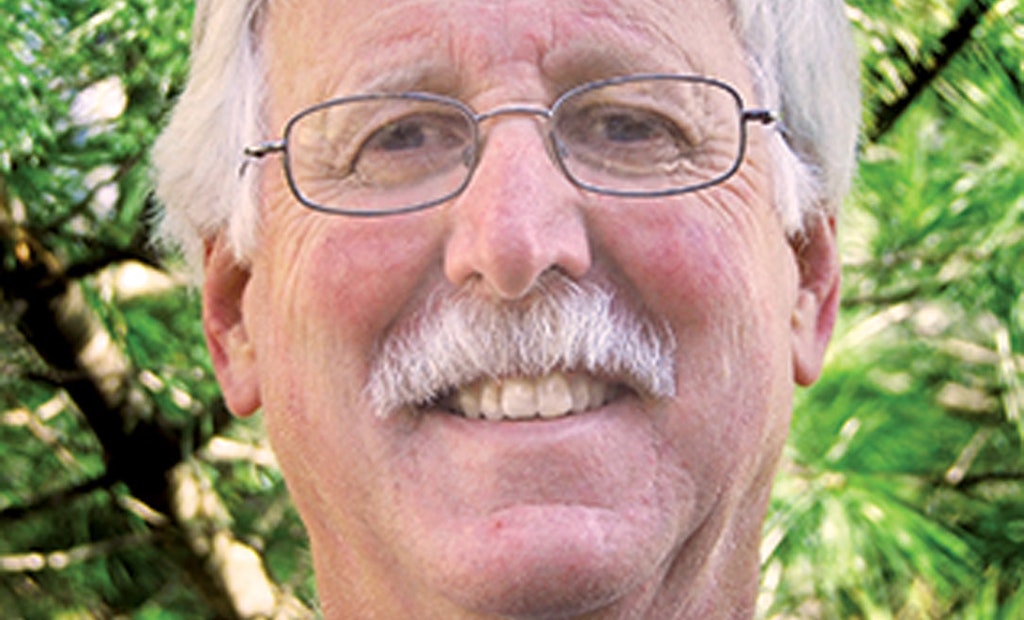
Jim Anderson, Ph.D., is an emeritus professor at the University of Minnesota Department of Soil, Water and Climate and recipient of the pumping industry’s Ralph Macchio Lifetime Achievement Award. Email Jim questions about septic system maintenance and operation at editor@pumper.com.
Interested in Onsite Systems?
Get Onsite Systems articles, news and videos right in your inbox! Sign up now.
Onsite Systems + Get Alerts“How were the separation distances from the bottom of the sewage treatment trench or bed to limiting soil layer determined?” This is a question I receive often, and one primary reason why is the variation in state and local code requirements for separation distances.
In Minnesota, where I worked for over 30 years, there is a 3-foot separation requirement; and in Arizona, where I also worked for over two decades, there is a 4- to 5-foot requirement, depending on conditions. I have talked with many of you who see that type of variation between counties in your states.
A recent article in one of the scientific journals I read about pathogen transport from at-grade systems to groundwater reminded me it has been awhile since I’ve discussed what it takes for treatment to occur in soils and how that impacts the needed separation distance. I always read these articles to see if there is corroboration of our existing knowledge or if there are differences all of us should consider to protect human health and the environment.
A lot of our numbers on soil sizing factors and separation distances come from early research in Wisconsin in the late 1960s and early 1970s. Those numbers have been added to and modified as additional research is conducted in other localities. All in all, those numbers have not changed significantly.
Early research in Wisconsin looked at separation distances in the laboratory and the field. Research on water movement in soils was conducted on 2- to 3-foot undisturbed soil columns in the laboratory and in soil horizons in the field. Similarly, movement of bacteria and viruses were researched on columns loaded with septic tank effluent in the laboratory and under and around operating sewage trenches in the field. (This is how I got my start in the industry: carving out undisturbed soil columns in the field to be used to evaluate movement of water and septic tank effluent through the columns).
MINNESOTA ADVISORY COMMITTEE
Other columns were packed with sand and spiked with a specific kind of virus so movement could be traced under different loading rates and methods of application. Results from these sand columns showed that if the columns were not loaded at a rate of more than 1.2 gallons/square foot/day, the virus did not move out of the bottom of the 2-foot-long columns. Movement of bacteria away from operating seepage trenches was evaluated in the field.
The research showed in well-drained, unsaturated soils with soil textures finer than sand, movement was less than 2 feet. All of this led to the recommendation that the separation distance be at a minimum of 3 feet. This recommendation included a “buffer” of a foot to ensure treatment.
When I started working in Minnesota, a statewide advisory committee evaluated data from Wisconsin and other states, recommending to our state agency that the separation distance should be set at 3 feet. This was adopted into code. This same type of discussion happened in numerous other states. Some said a 1-foot buffer is not enough of a safety zone and set a higher separation distance. This was the case in Arizona.
Over the years, research conducted elsewhere around the country has come up with varying results — but not different enough from the 3-foot requirement to create a consensus that it should be changed. Work in Florida showed a foot or two even in its sandy soils was adequate. Back in Wisconsin, it was shown that under pressure distribution, movement of bacteria was measured to a depth of 3 feet — deeper than under nonpressurized systems in the same soil.
REMAIN DILIGENT
A recent study was conducted on at-grade systems by the University of Alberta. They used bromide and naturally occurring E. coli bacteria applied by pressure to the soil surface in a soil with a seasonally fluctuating water table for a period of a year — just the kind of conditions we worry about in Minnesota and Wisconsin.
The study found that if the separation between the infiltrative surface and the fluctuating groundwater was 0.2 meters (approximately 8 inches) to 0.4 meters (16 inches), the tracer and bacteria were detected within four days of application. However, if the separation increased to 0.9 meters (36 inches) below the surface, the numbers dramatically decreased despite continuous high applications of wastewater.
The team of researchers recommended that detailed knowledge of the unsaturated zone and groundwater condition be used to guide the siting and design of onsite wastewater treatment systems. This is just what we do! On a day-to-day basis, we evaluate the soils, the occurrence and depth to limiting conditions and other site characteristics such as slope and landscape position to place our systems where they will accept and treat septic tank effluent indefinitely.
While from my perspective this is all positive for our industry, we should continue to look at and research how systems accept and treat effluent in different sites and conditions. This information can be communicated to others facing similar soil and site conditions and help us all continually modify and improve our code requirements to protect human health and environment.





